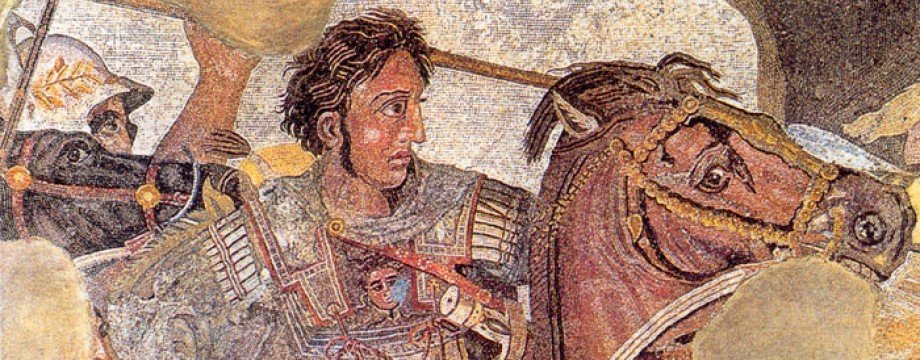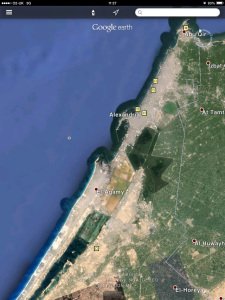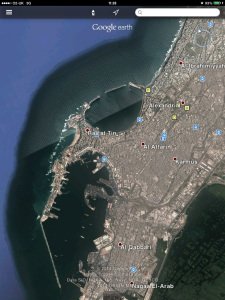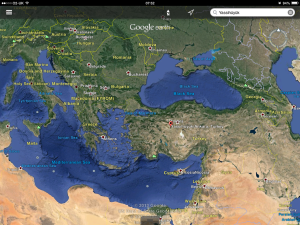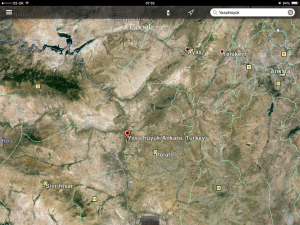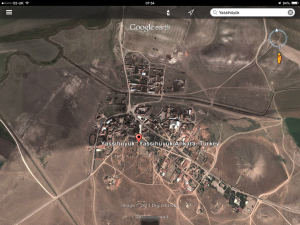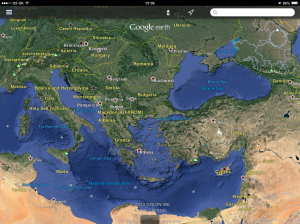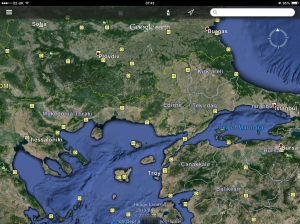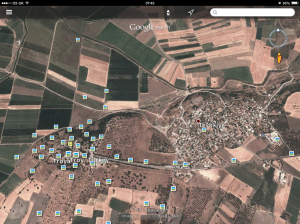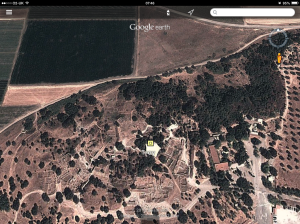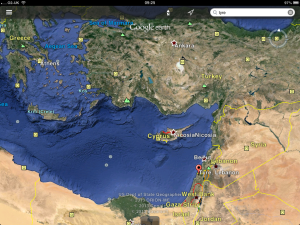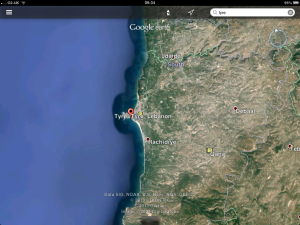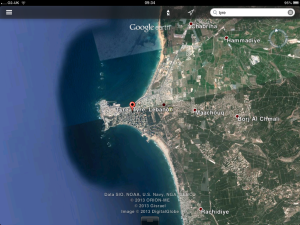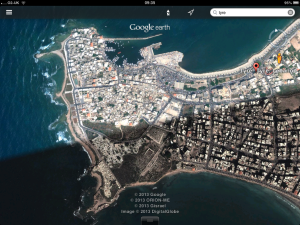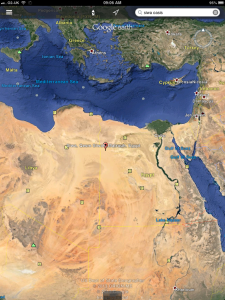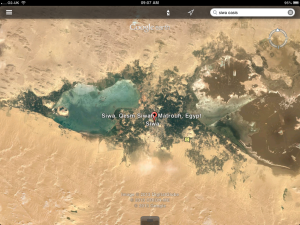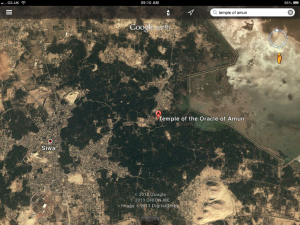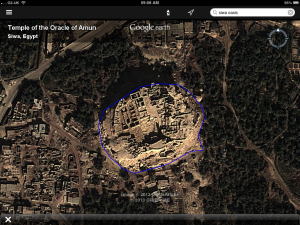19th September - just 12 days to go until the 2,348th anniversary of the Battle of Gaugamela, which took place on 1st October 331 BC. It was the second and decisive battle in the war between Alexander and Darius III. The winner would take all.
To celebrate the anniversary, I have decided to write twelve posts, one every day, and each comprising of a single question and answer relating to an aspect of the battle.
***
Did I say single? Ha ha. I’m touched that I thought I would stick to that rule, so let’s kick off with two questions:-
Where was Gaugamela? And why was the battle fought there?
***
Where was Gaugamela?
The map below comes, of all places, from an article on LinkedIn titled 5 Things every start up CEO can learn from the battle of gaugamela. I haven’t read it but if you would like to you can do so here.
Personally, I rather doubt the wisdom of applying lessons from a battle in antiquity to business practices of today but never mind, the important thing is the map. As you can see, Gaugamela is north west of Arbela.
Arrian still exists today, though now it is called Erbil. By-the-bye, Plutarch tells us in Chapter 31 of his Life of Alexander that ‘the majority of writers’ say the battle actually happened there - at Arbela. But both he and Arrian both disagree with this. Arrian (VI.11.5) cites Ptolemy and Aristobulos who both state that it was fought at Gaugamela. Why might ancient historians have given the honour to Arbela? Here is Arrian’s view:
Gaugamela was not a city, but only a large village, otherwise unknown and with an odd-sounding name: that is why I think the credit of the great battle was appropriated by the city of Arbela.
(Arrian VI.11.6)
So now we know where Gaugamela is, or was, we can now ask -
Why was the battle fought there?
Alexander was in Egypt. Couldn’t Darius have challenged him there? Or at least marched to the Phoenician coast and faced him somewhere between Issus (at the corner of modern day Turkey and Syria) and the Nile? Or perhaps Alexander or Darius could have marched directly east/west to face their opponent at a site along the way.
Let’s take a look at Google Earth.

After his defeat at Issus in 333 BC, Darius III retreated east to assemble a new army. He mustered it at Babylon, which - according to Wikipedia - is 53 miles south of Baghdad. As you can see from the map above, a vast expanse of desert separates Egypt and Baghdad/Babylon. That would have stopped Alexander marching directly east or Darius marching directly west. Their armies would have been wiped out by thirst or starved to death long before they every met each other.
It’s true Darius could have marched north along the Royal Road and then turned west towards the Phoenician coast. I think the reason he did not do so is because he did not have time. By the time he was able to leave Babylon, Alexander was well on his way from Egypt. It made better sense for Darius to stay in or around Mesopotamia and let Alexander come to him. That way, the Macedonians would arrive footsore and tired while his men would no doubt be ready for battle having been well provisioned by the fertile soil of Mesopotamia.
Of course, the lack of time explains why Darius didn’t march on Egypt. And just as well - Egypt, as Darius would have known, was highly defensible. So much so that even his grand army, comprised of men from all over the Persian Empire, would have found it hard to invade it.
So, Darius let Alexander do all the work and come to him.
To make sure that his men stayed well fed - or as well fed as possible - Alexander marched up the Phoenician coast.
After turning east, he crossed the Euphrates at the well-established crossing point of Thapsacus. In his biography of Alexander, Robin Lane Fox explains that the young king now had two choices.
… either he could turn right and follow the Euphrates south-east to Babylon in the footsteps of Xenophon, along a valley plentifully supplied but broken by canals which could be dammed against invaders; or he could go north from the Euphrates and then swing right to skirt the hills of Armenia, cross the more distant line of the river Tigris and then turn south to Babylon on the Royal Road.
(Robin Lane Fox Alexander the Great 2004, p.226)
Darius wanted Alexander to take the longer, more dangerous, northern route and so sent men to burn the land along the Euphrates. Alexander duly did as the Great King desired.
Robin Lane Fox adds that Darius could not choose the battlefield until he knew which route Alexander was taking. Thus, once he found out that the Macedonian king was taking the northern path, he was able to pick a suitable plain to establish his army.
A plain: that was the sine qua non of Darius’ preparations. At Issus, the Great King had been prevented from using his entire army on account of the battlefield being a narrow stretch of land between the Gulf of Issus and Amanus mountains. He did not want the same handicap this time.
So, why was the battle fought at Gaugamela? It was fought there because the plain was large enough to accommodate Darius’ mighty army. And while he waited for Alexander, Darius smoothed the ground so that his scythe-chariots would be able to roll across it without hindrance.
What we now call the Battle of Gaugamela, therefore, could have been fought somewhere else, but in the end, Gaugamela was chosen quite deliberately by Darius. He believed that it would give him the best opportunity to defeat Alexander once and for all.
